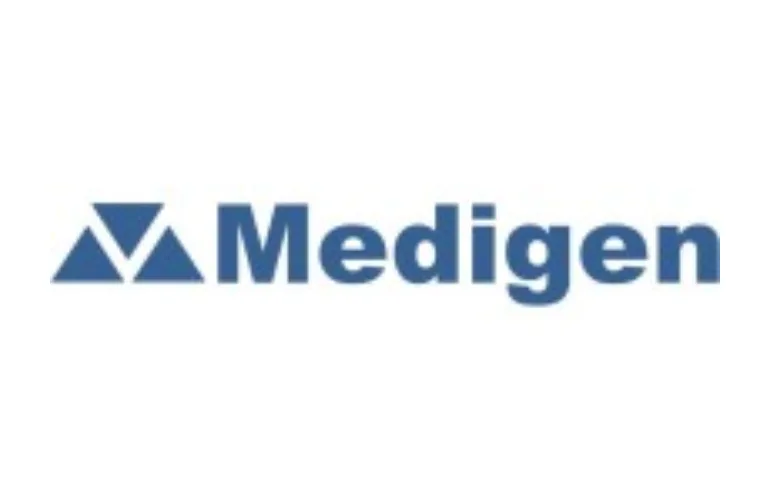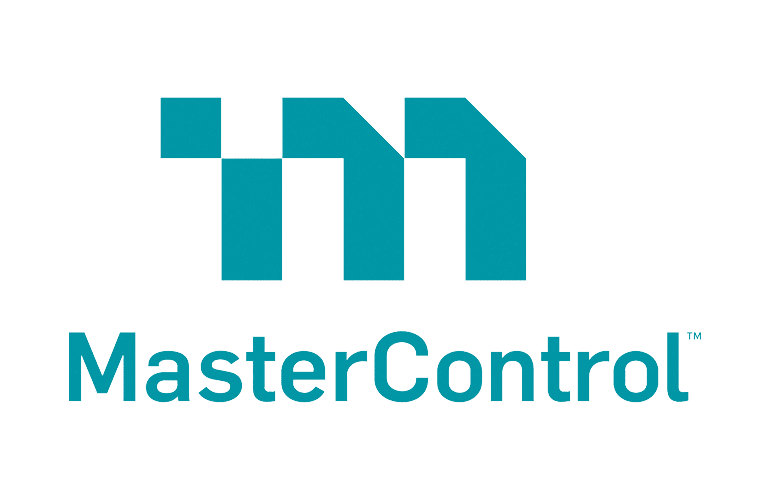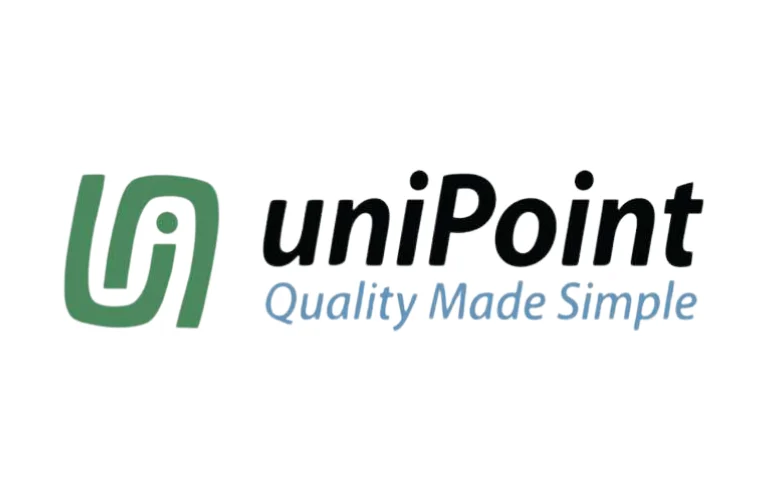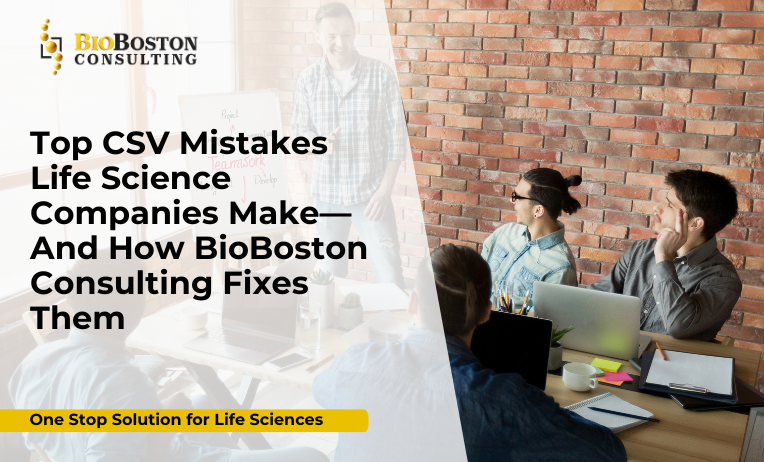Where Biotech, Pharma & MedTech Teams Go for Proven Results
We support companies in the Preclinical, Clinical and Commercial stages with our team of 350+ Senior Experts, including former FDA investigators
Which stage of process are you currently in?
Client Testimonials
Our Clients






Used by CEOs, Founders,
Quality and Regulatory Affairs Leaders
At BioBoston Consulting
Whatever your stage, Preclinical, Clinical, or Commercial, we’ve got every service you need in Pharma, Biotech, and MedTech.


Frequently Asked Questions
BioBoston Consulting offers a one-stop solution for life sciences companies, guiding innovations from preclinical research to commercialization. We combine 350+ global industry experts with a lean structure, delivering cost-effective, tailored support.
We specialize in Pharmaceuticals, Biotechnology, and Medical Devices.
Yes. Our lean organizational structure allows us to deliver high-quality services at a lower cost than other consulting firms, without compromising expertise or results.
Tell Us What You Need We’ll Take Care of the Rest
A member of our team will reach out to you in the next 24 hours
Insights
Make smarter moves. Start here.





